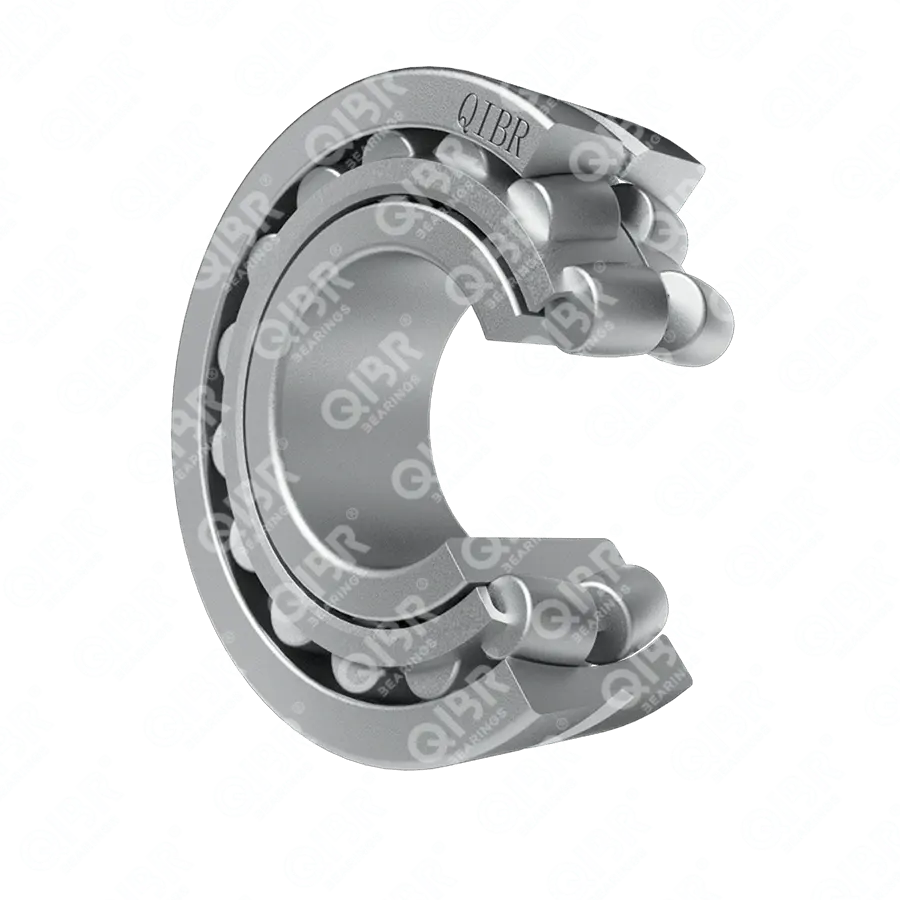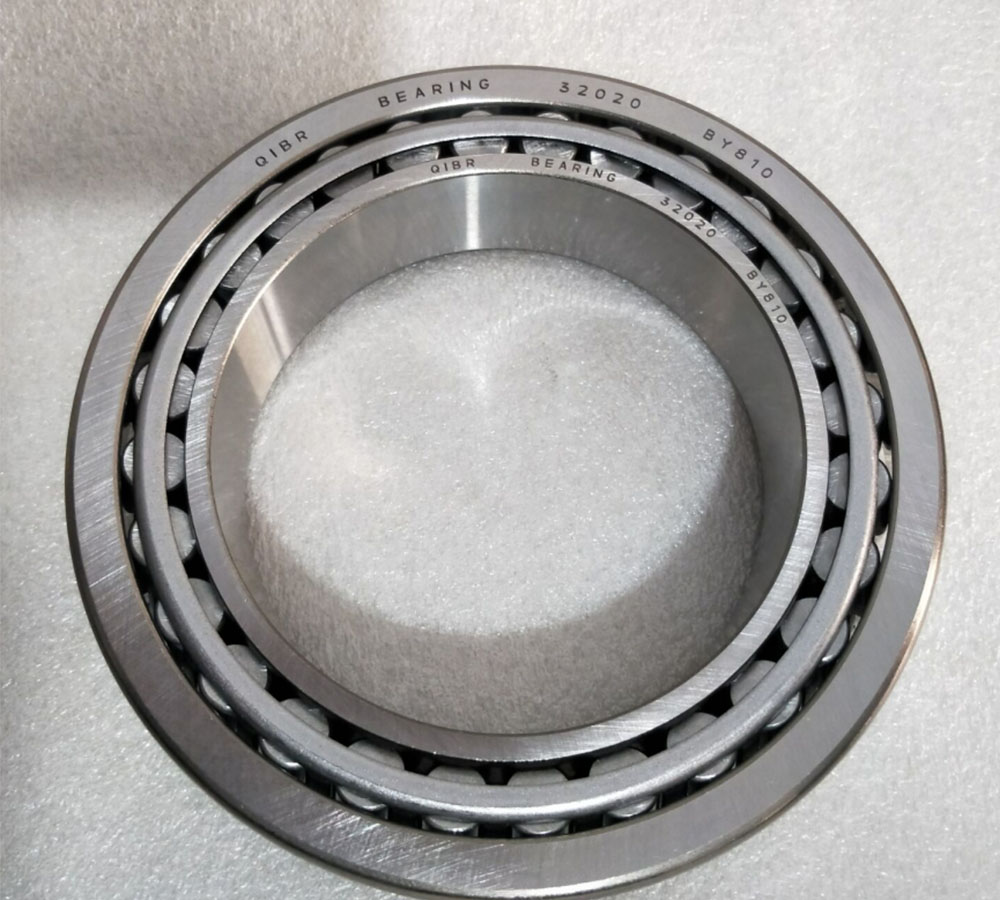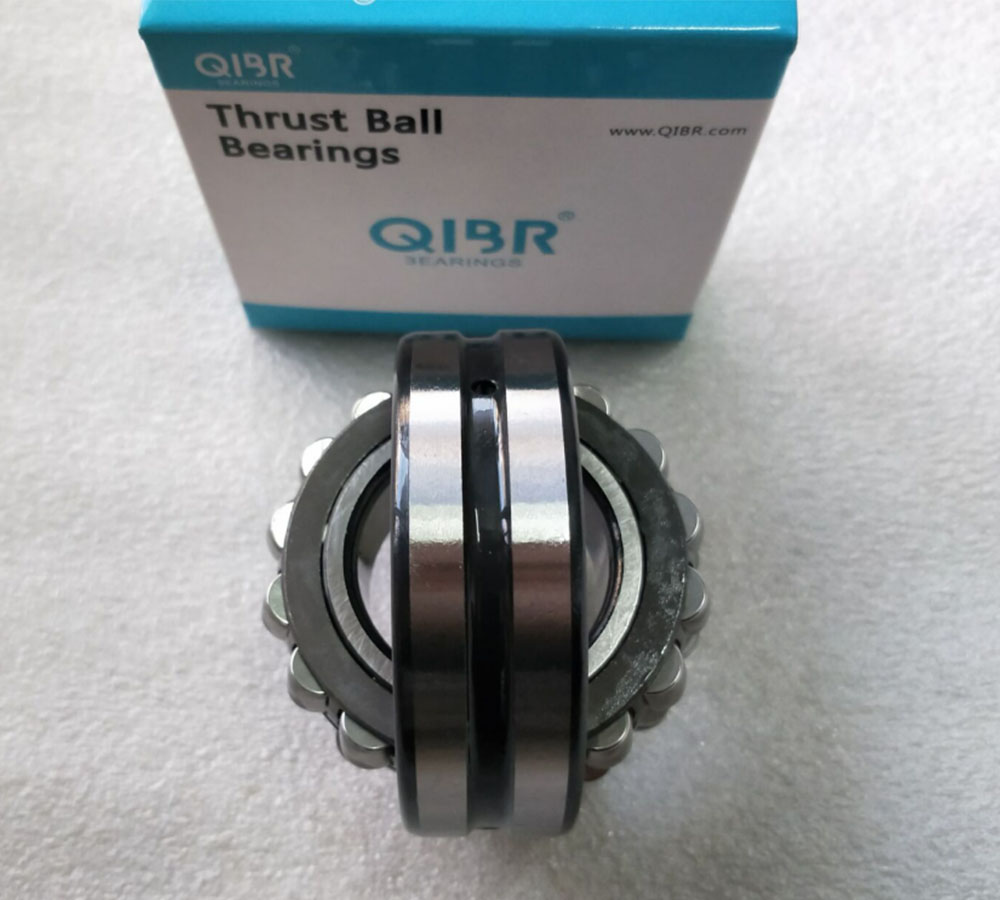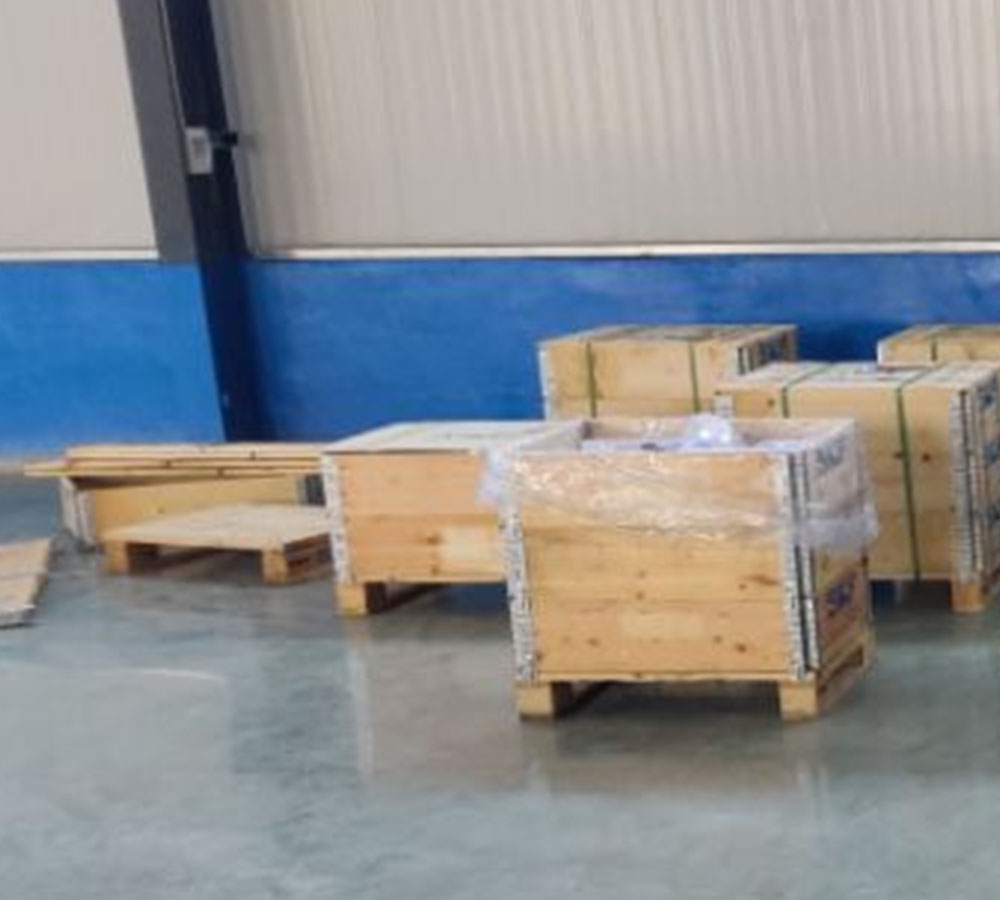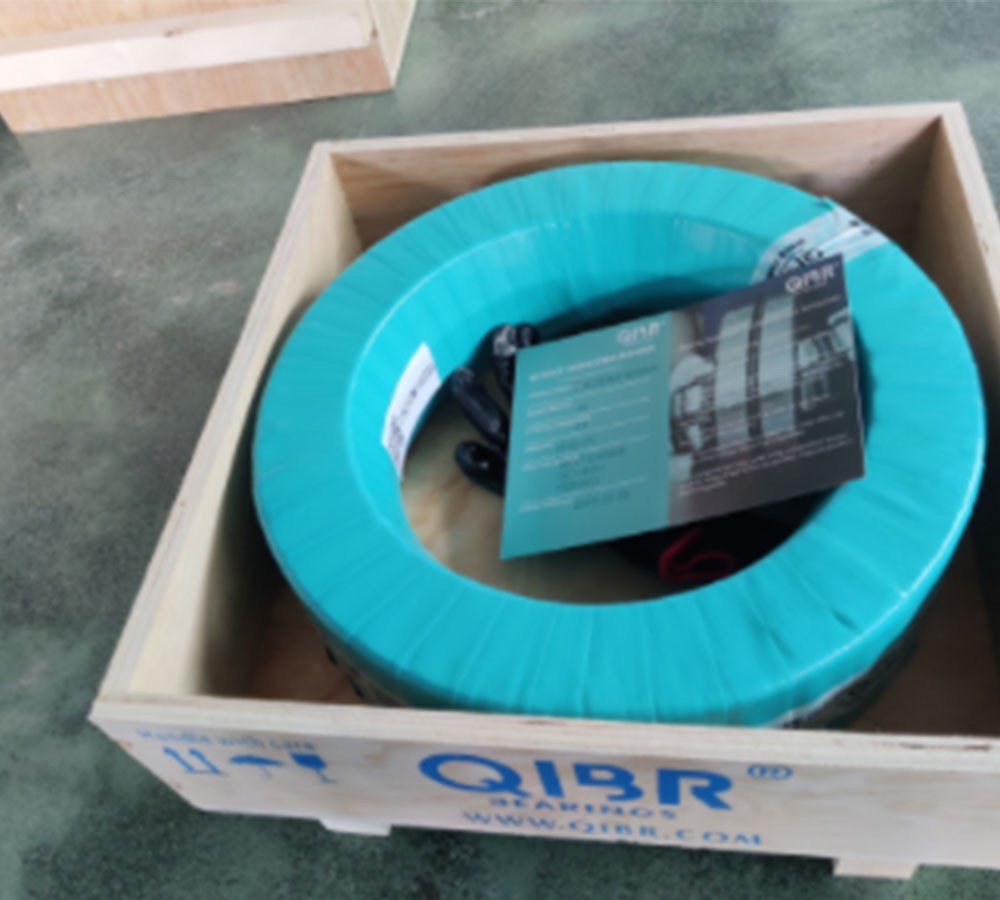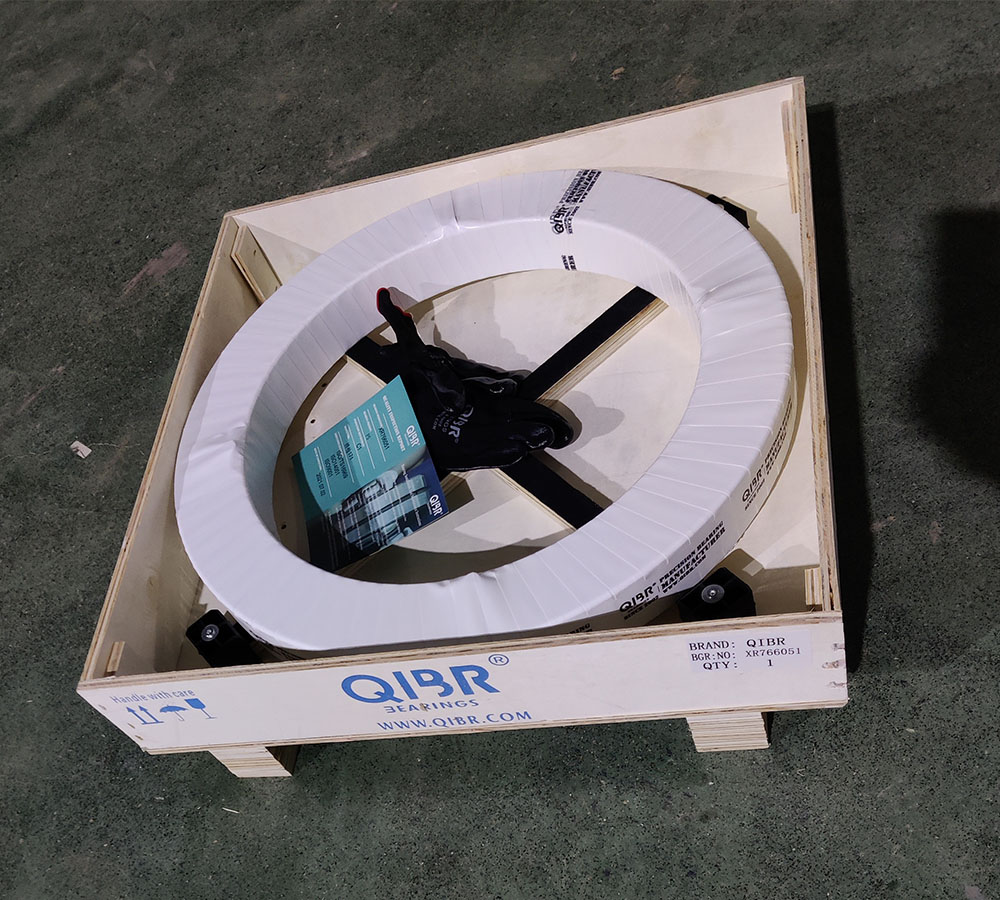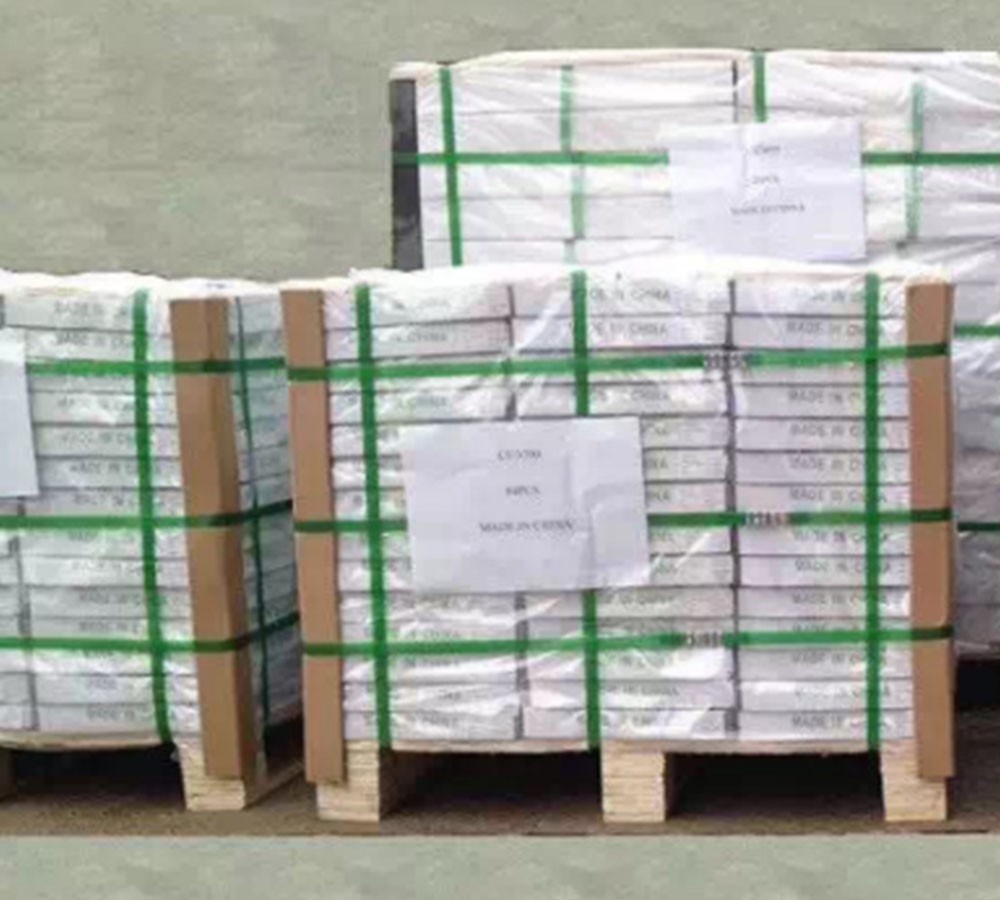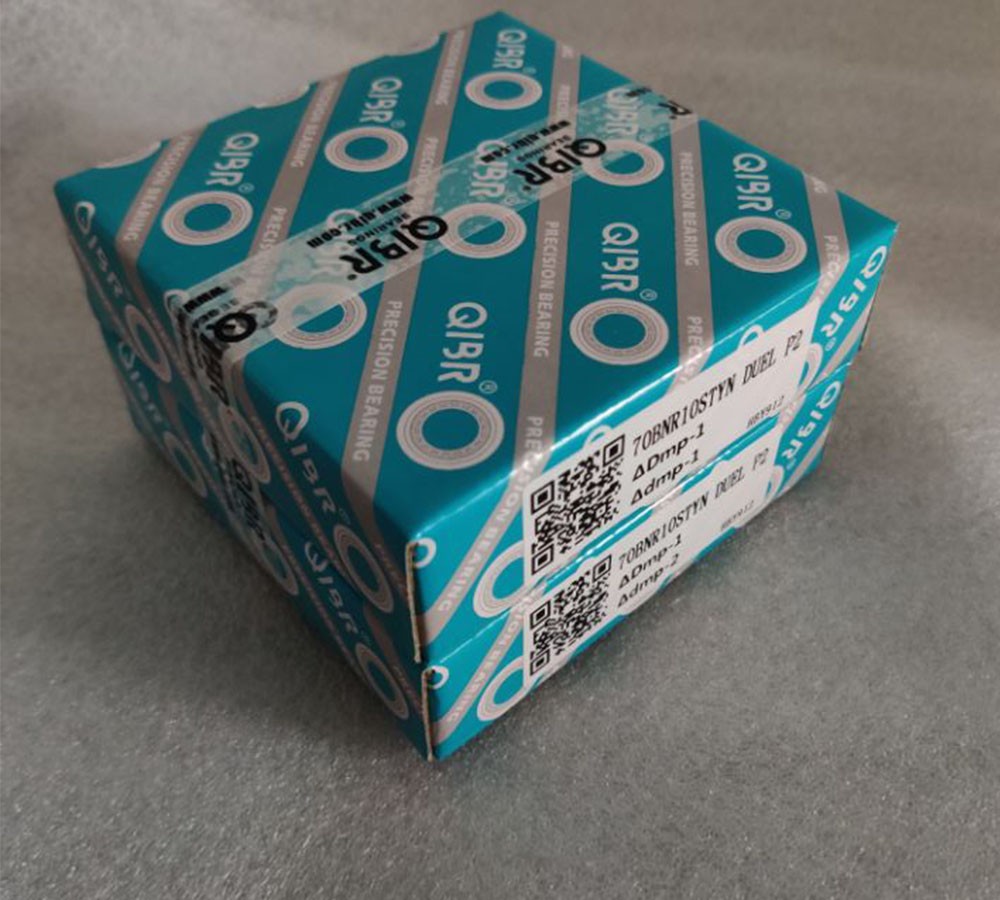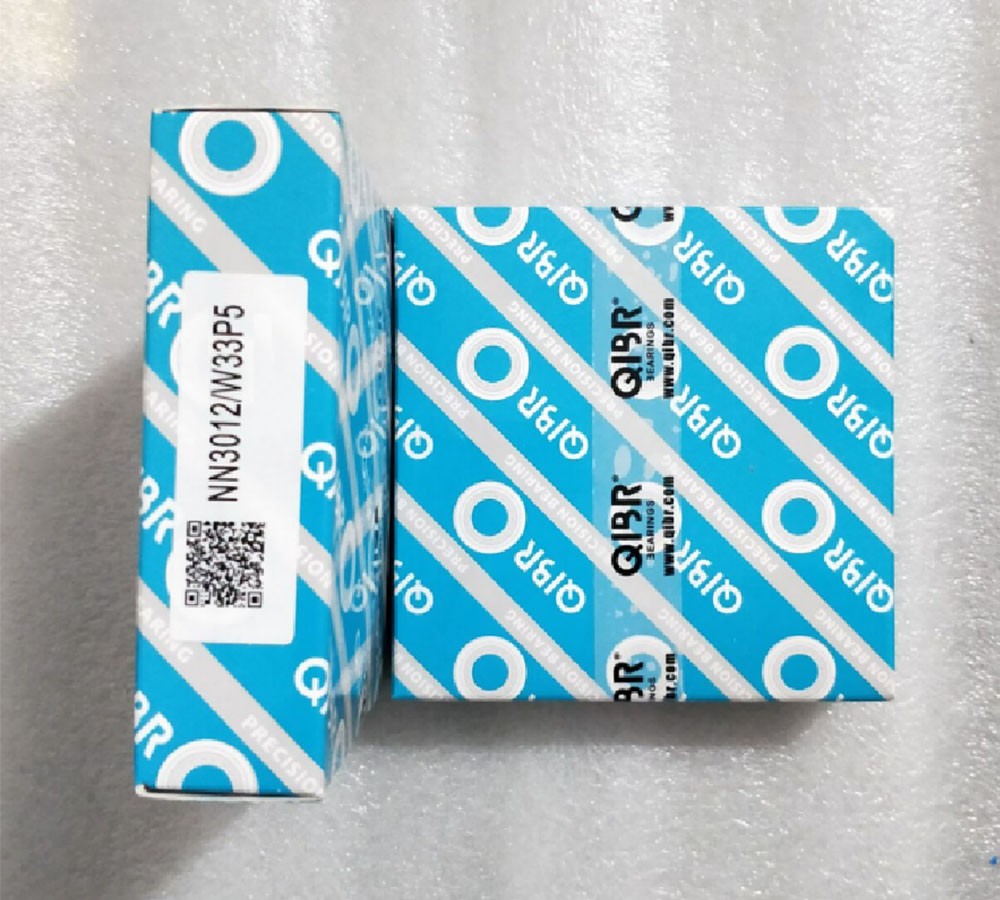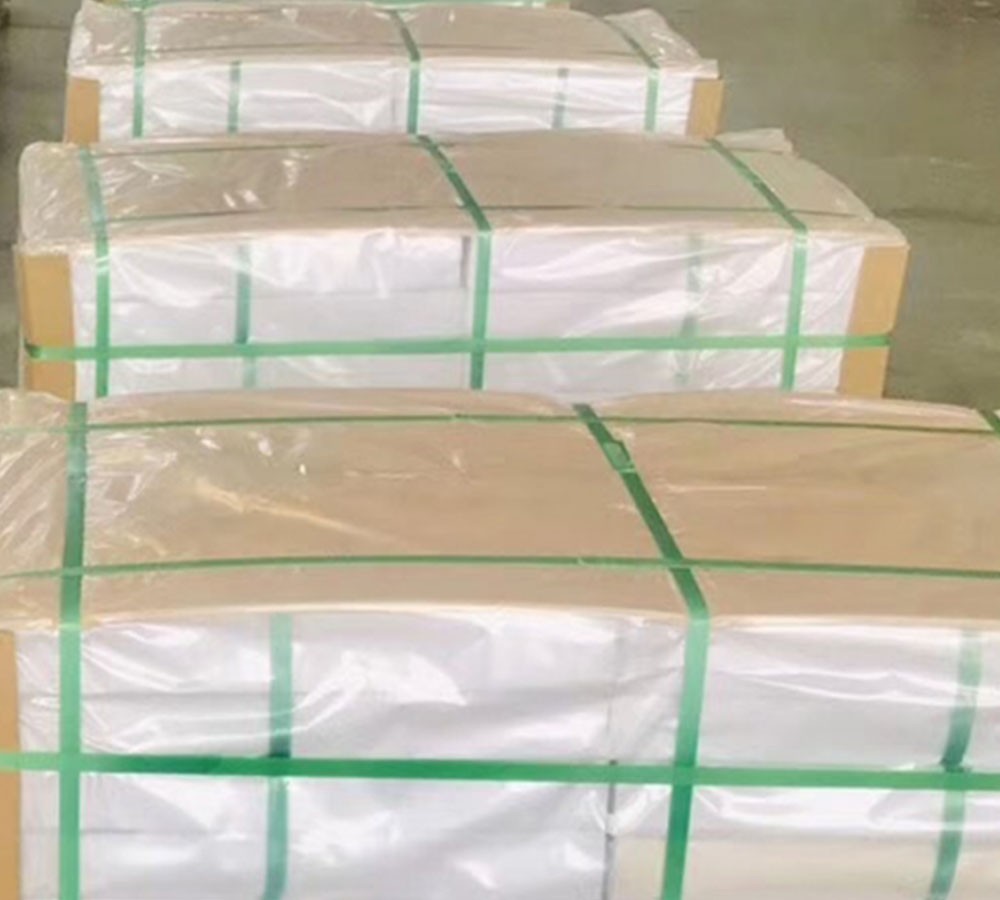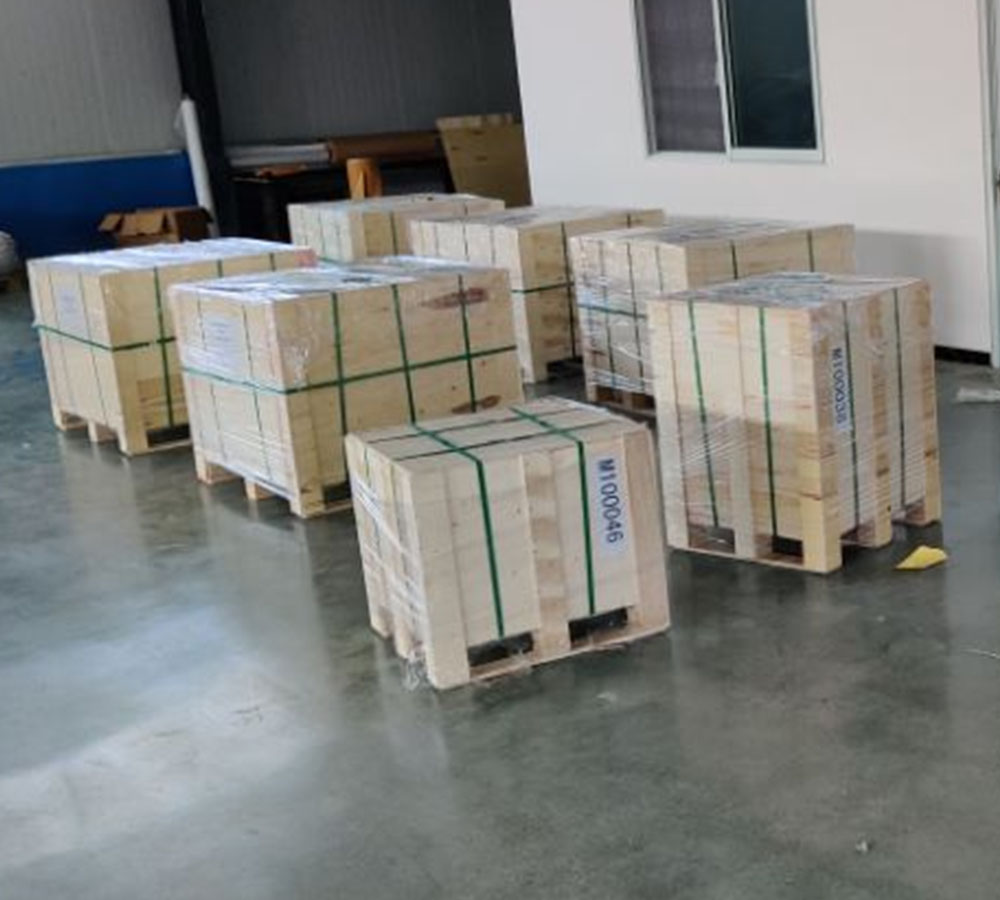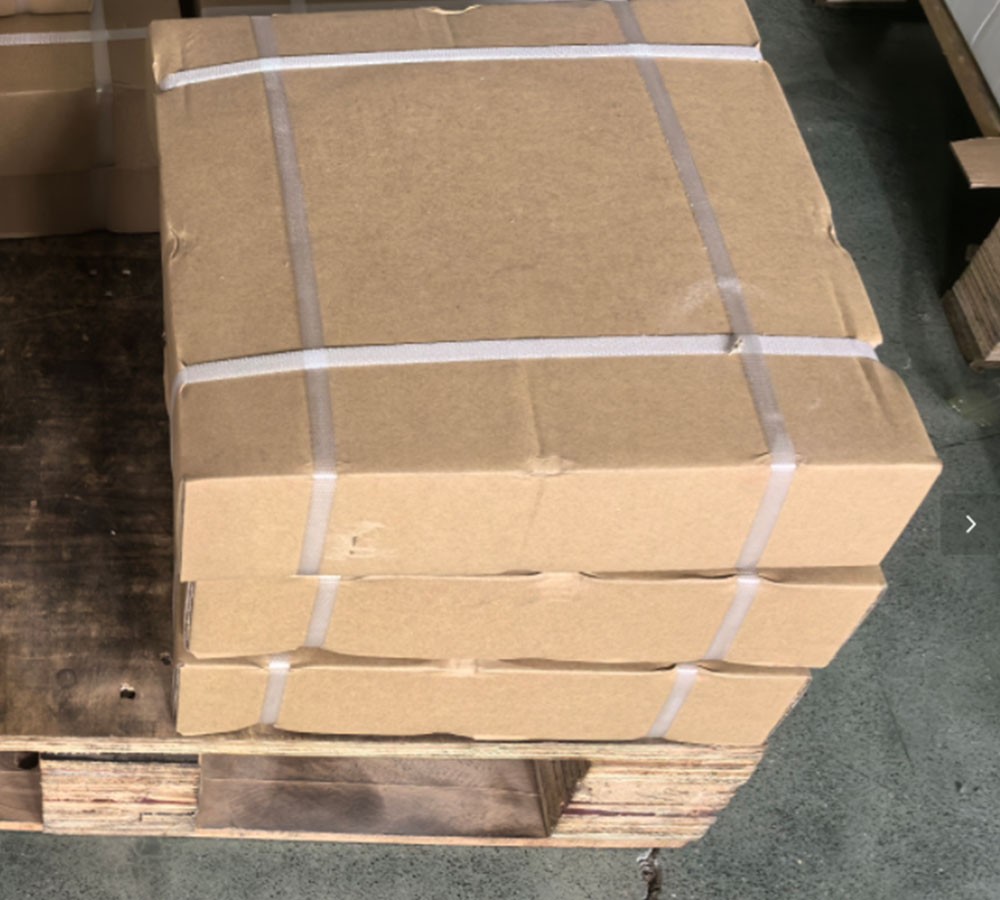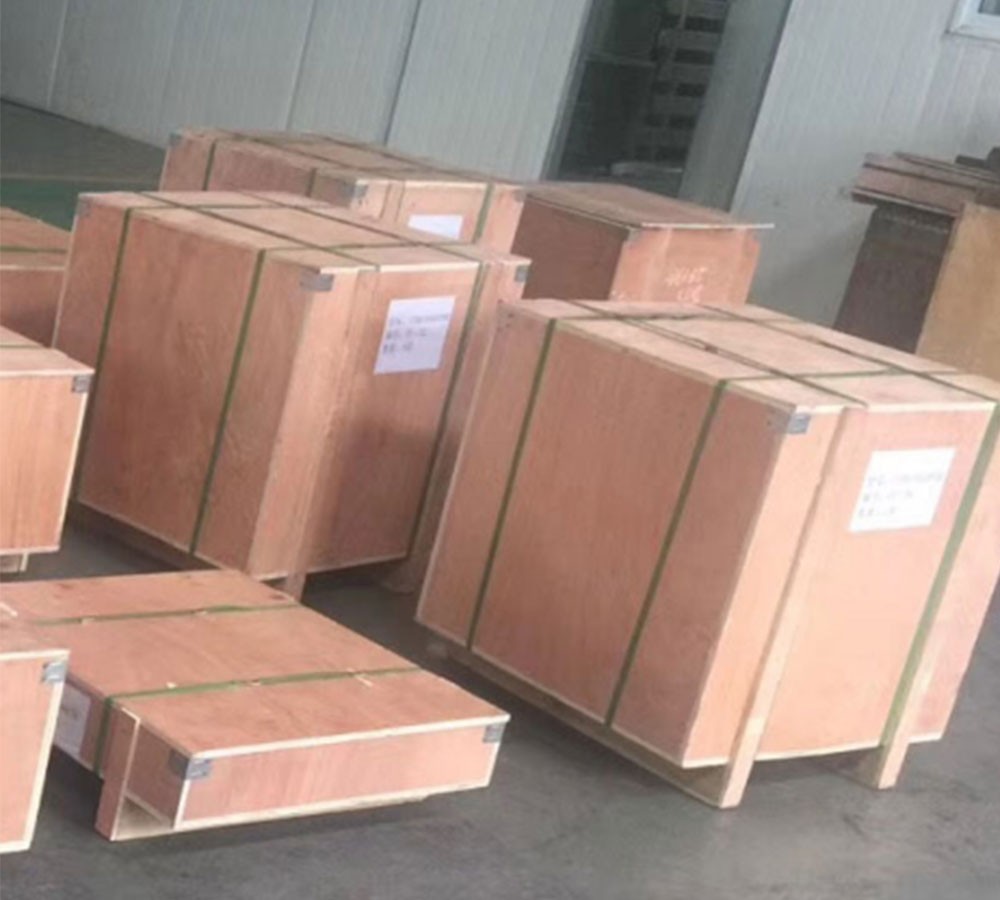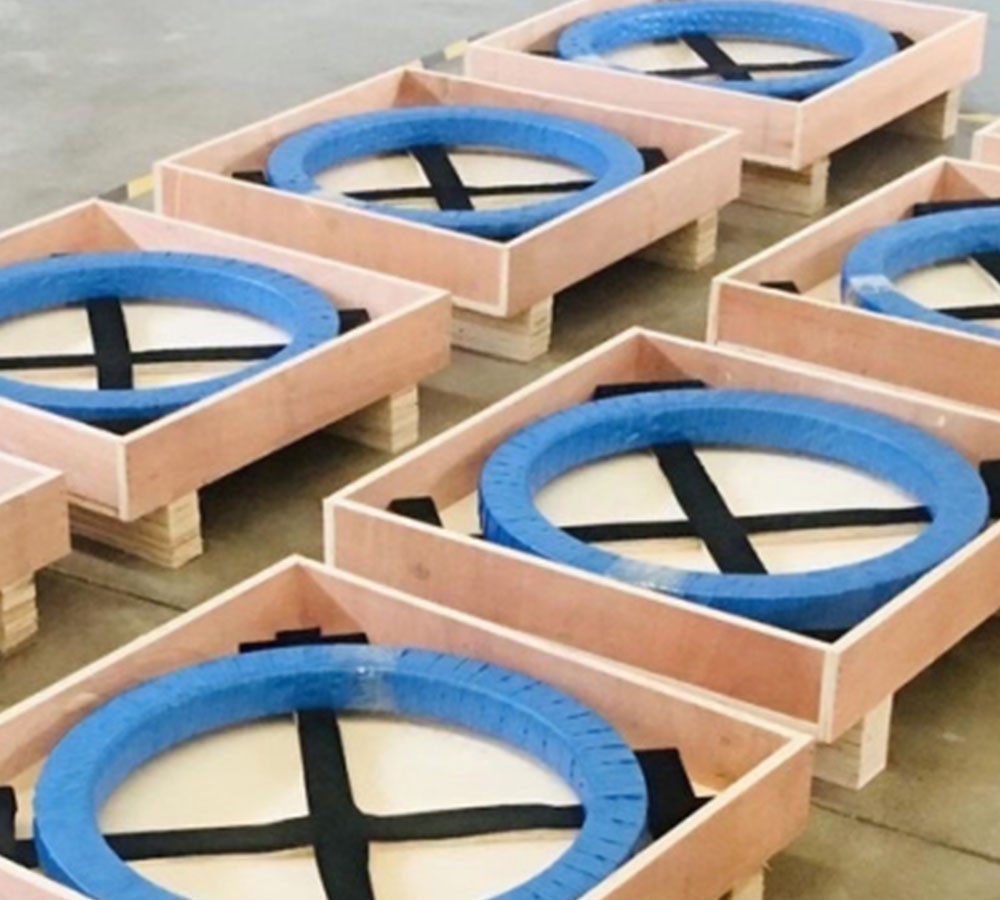QIBR Spherical Roller Bearing and Tapered Roller Bearing Delivery to Amsterdam, Netherlands, for Enhanced Stability and Durability in Railway Vehicle Bogies
- Continent
- Europe
- Country
- Netherlands
- Date
- 2016-07-21
- Categories
-
Spherical Roller Bearing
Tapered Roller Bearing
- Applications
- Railway Vehicle Bogies
Products Used
Spherical Roller Bearing
1. Self-aligning Capability: The 22208 EK spherical roller bearing features excellent self-aligning ability, allowing it to automatically adjust to misalignment from installation errors or external forces
2. High Load Capacity: It can support significant radial and bidirectional axial loads, ensuring reliability in heavily loaded railway bogies.
3. Impact Resistance: Constructed from high-strength materials, the 22208 EK offers excellent wear resistance, effectively absorbing the vibration and shock loads encountered in train operation, enhancing the bogie’s overall stability and safety.
Tapered Roller Bearing
1. Support for Complex Loads: The 32020 tapered roller bearing is designed to handle both radial and unidirectional axial loads, effectively managing the complex load demands within bogies.
2. High-Speed Performance: With a high-speed rating, the 32020 bearing is suitable for high-speed trains, contributing to improved operational efficiency.
3. Precision Positioning: This bearing offers precise rotation, enhancing train control and stability on the bogies for smooth travel.
Additional Notes:
The Netherlands-based customer, aiming to enhance railway vehicle bogie performance, chose 22208 EK spherical roller bearing and 32020 tapered roller bearing from QIBR to meet the demands for increased stability and durability. Both bearings provide excellent load capacity and wear resistance, ensuring smooth operation even in challenging conditions. The 22208 EK maintains functionality in cases of installation misalignment, while the 32020, with its high load and low friction characteristics, ensures stable train operation. The durability of QIBR bearings significantly enhances railway vehicle stability and reduces downtime due to failures.

